Destinations on National Geographic’s world tour
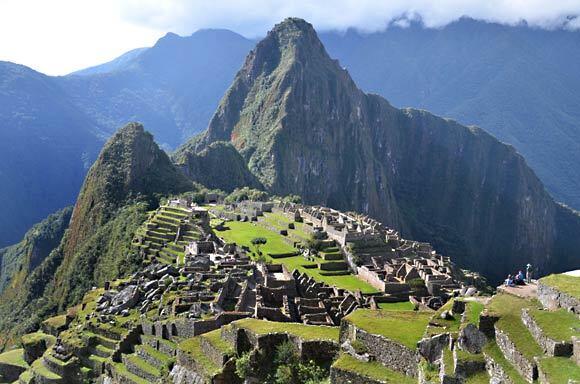
In the classic view of the Machu Picchu ruins, the peak of neighboring Wayna Picchu stands tall in the background. (Christopher Reynolds / Los Angeles Times)
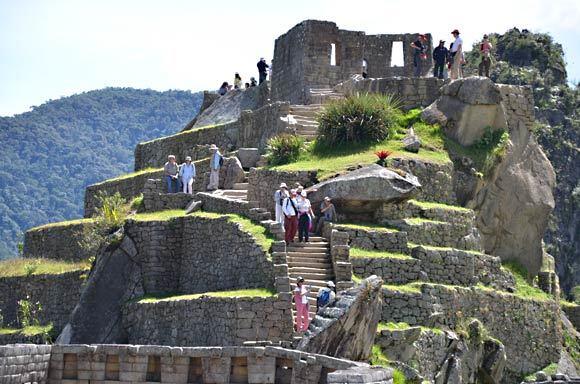
Some of the highest ground at Machu Picchu is occupied by temples, which overlook the residential and agricultural sectors. (Christopher Reynolds / Los Angeles Times)
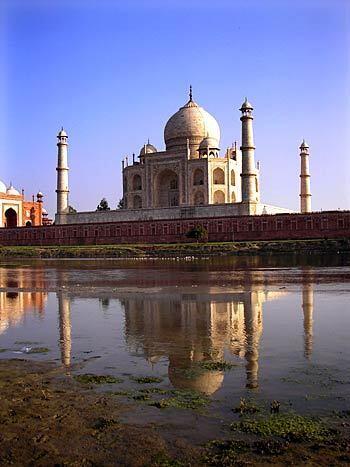
Shimmering on the banks of the Yamuna River, the marble Taj Mahal is an architectural spectacle, its symmetry four minarets and matching mosques on two sides enhanced by its reflection on the water. Because worshipers must face east, only one of the mosques is functional; the other was duplicated for purposes of symmetry. (Scott Kraft / Los Angeles Times)
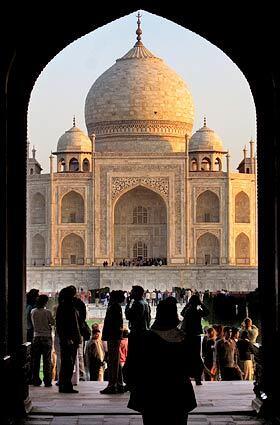
The onion-domed Taj, as seen through an archway. (Scott Kraft / Los Angeles Times)
Advertisement
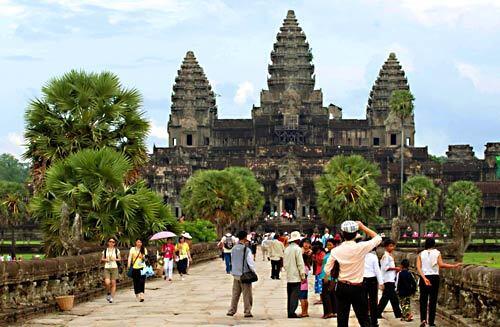
Surrounded by a rectangle of long corbel-arched galleries, Angkor Wat rises in three astounding tiers to a cluster of five beehive-shaped towers, or prasats. (Paul Watson / Los Angeles Times)
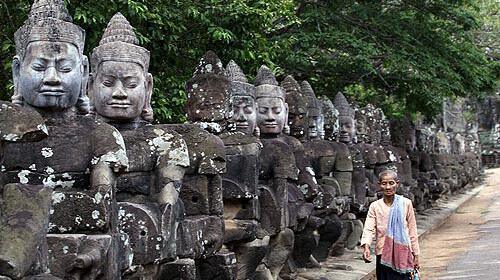
Statues line a roadway in the Angkor temple complex in Cambodia. (Paul Watson / Los Angeles Times)

A school of fish swim in the Great Barrier Reef in Australia. (Rick Loomis / Los Angeles Times)
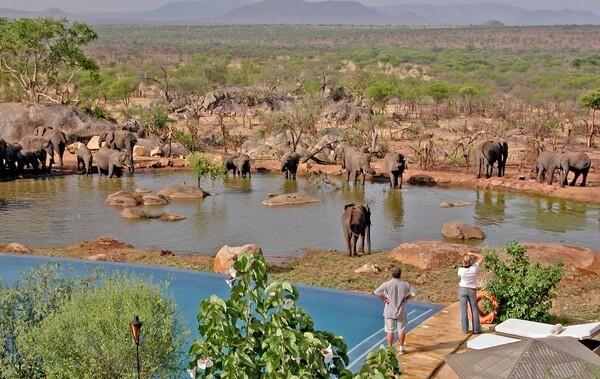
Elephants take their ease at a watering hole at Bilila Lodge Kempinski, making it easy for guests to get a close-up view of some of the wildlife of Tanzania’s Serengeti National Park. (Rosemary McClure / For The Times)
Advertisement
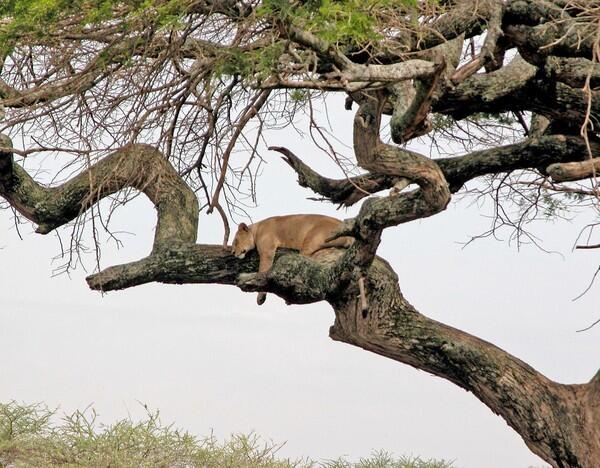
A lion dozes after filling up on a kill in Tanzania’s Serengeti park. Large cats rarely go hungry in the park, which has huge herds of wildebeests, gazelles and zebras. (Rosemary McClure / For The Times)
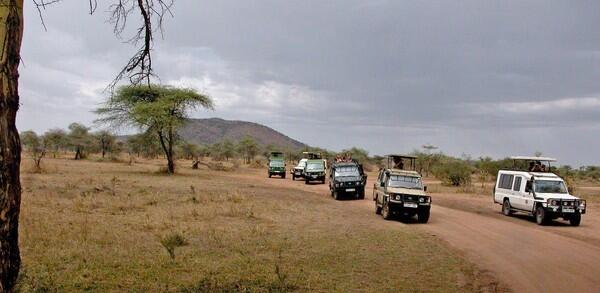
Vehicles stop along a Serengeti route, as often happens when animals come into view. One of them might be your neighbor; Los Angeles provides 30% or more of the leisure travelers who visit Africa, says Ron Mracky of the Africa Travel Assn. (Rosemary McClure / For The Times)



